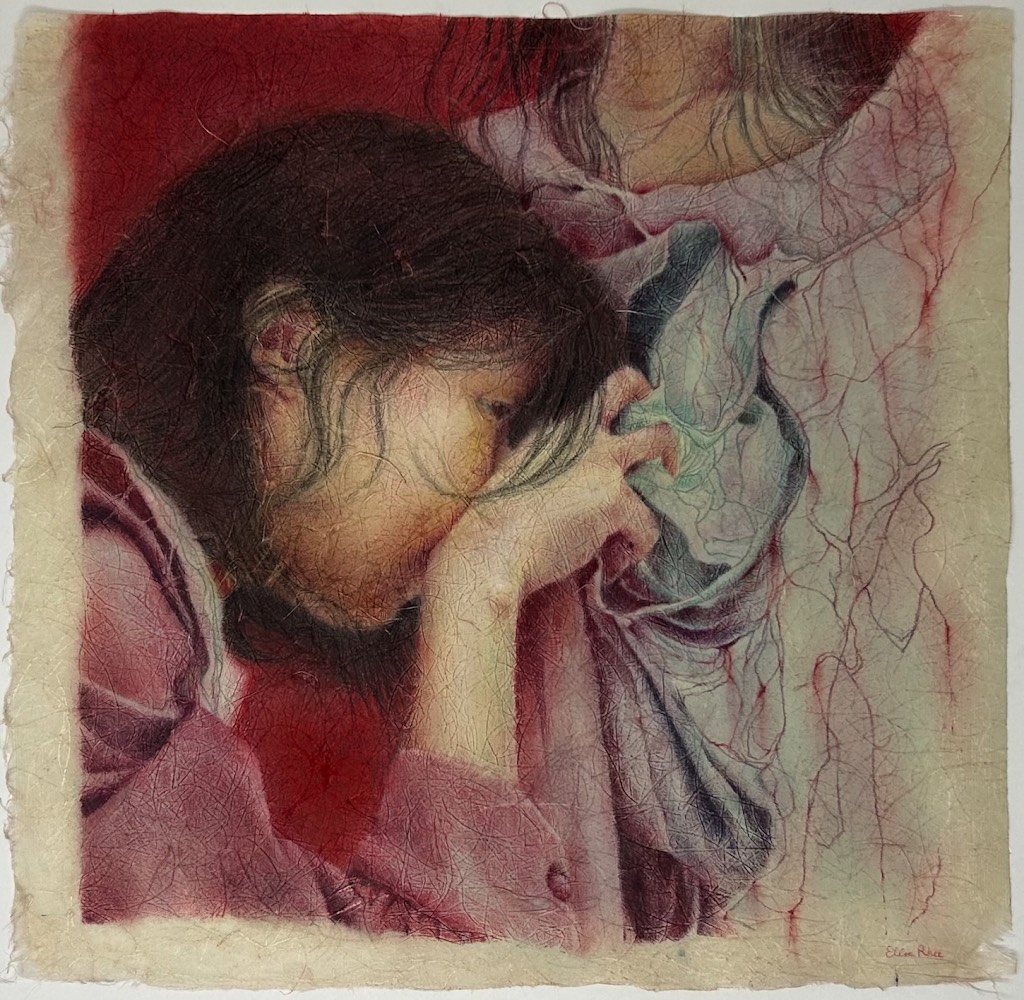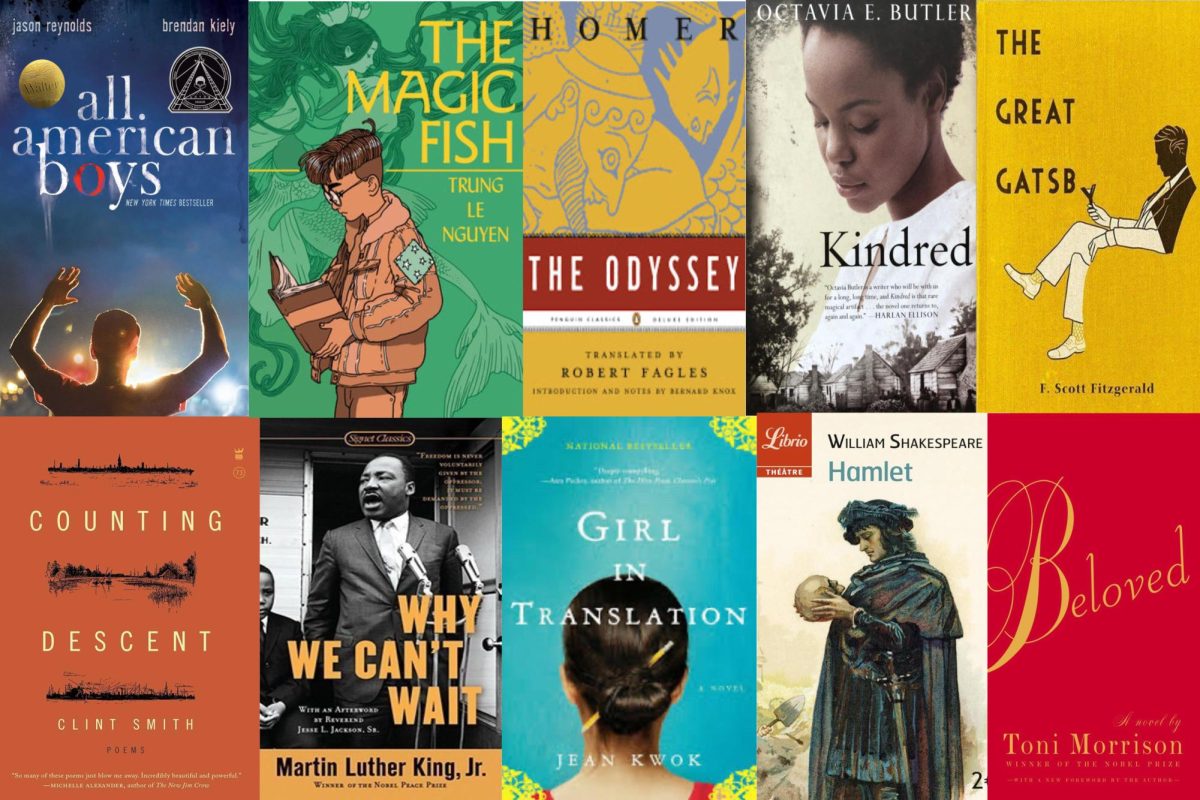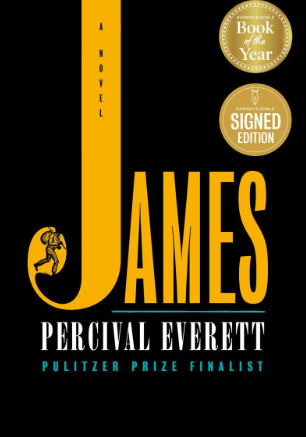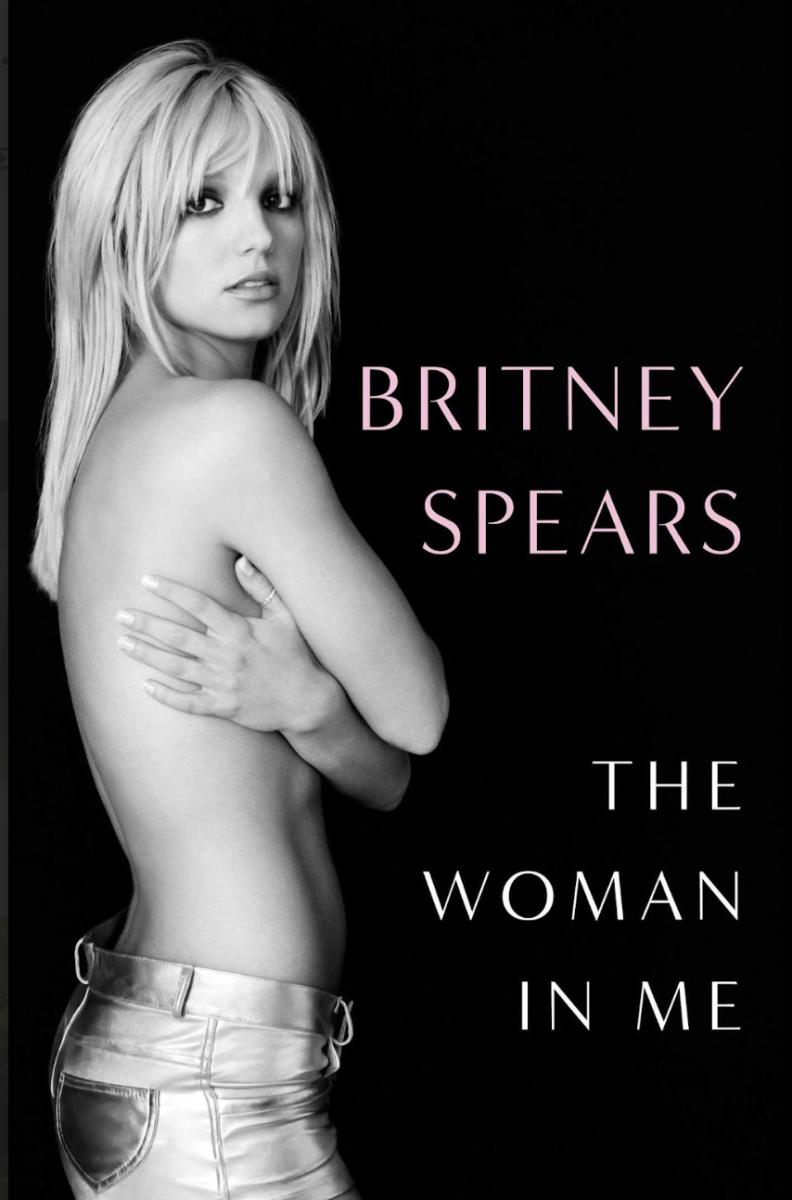He knew us best and he managed to capture the unique stage of “teenagerdom” in a crude, colloquial prose that has never been matched.
The literary world lost a prized member as J.D. Salinger passed away at the age of 91 On Jan. 27.
“I love that [Salinger] was so cynical,” junior Ashton Trevino said. “[Salinger’s] cynical side is actually funny, it is a different way of thinking and gives a different point-of-view of the world.”
Salinger only published one full-length novel and spent the rest of his time as a recluse at his home in Cornish, New Hampshire, where he published a few short stories.
Jerome David Salinger was born Jan. 1, 1919, in New York. In 1934 he attended a Pennsylvania boarding school, and later, during World War II, he served in the Normandy campaign and witnessed some of the bloodiest battles.
Best known by the world and CHS students alike for his beloved coming-of-age novel The Catcher in the Rye, Salinger revolutionized the teenage point-of-view and the understanding of teenage angst in American literature.
“I like the teenage perspective,” said sophomore Gabri Espina, who is reading Catcher in the Rye in her English class. “It’s relatable and I like the whole concept that it is a seemingly intricate plot, but so simply told through the mind and experiences of Holden Caulfield.”
The protagonist of the story, Holden Caulfield, was revolutionary for the time period, as he was the first teenage character to openly discuss sex, drugs, and life from the uniquely juvenile, yet cogent and emotional viewpoint of a teenager. His frequent swearing, seeming lack of inhibition and fear of growing up made him an understandable, if not relatable, character.
“Holden is an exaggeration of a very normal developmental process,” English teacher Valerie Mainwaring said. “This hyperbole is Salinger’s genius, for, in Holden, diverse and timeless generations find a voice in one of his many shadows: assimilating adult relationships; peer pressure; ethical conundrums; self-expression; self-awareness; social responsibility; human intimacy at several levels; self-respect, among a few.”
He is cynical, he is rude, and he is Salinger’s legacy. Holden Caulfield may very well be the most well known teenager, even though he has not graced the cover of tabloids recently. It was his initial impact as a groundbreaking, taboo character that makes him so famous.
“Most people see the book as sad and depressing, but it is really about standing up to society and going against the grain,” Trevino said. “[Holden] backs this up with reasons and a view of the world that most people wouldn’t even think about. He’s got a pure, new way of looking at the world and with him it’s really about stopping to smell the roses.”
Catcher in the Rye remains an integral part of the tenth grade MCPS English curriculum and is explored for its literary merit, relatable topic, and varied use of symbols and motifs.
“The fact that the plot involves a teen proves interesting and engaging, unlike other works in the literary canon that are more difficult to grasp like Shakespeare’s writings, whose character development surely transcends Salinger’s,” Mainwaring said.
J.D. Salinger revolutionized writing and helped teenagers understand themselves, but more importantly, he was the first to show the world of teenagers as different, unique and wonderfully complicated.
“If you really want to hear about it, the first thing you’ll probably want to know is where I was born and what my lousy childhood was like, and how my parents were occupied and all before they had me, and all that David Copperfield kind of crap,” Holden Caulfield said. “But I don’t feel like going into it, if you want to know the truth.”
Spoken like a true teenager.













